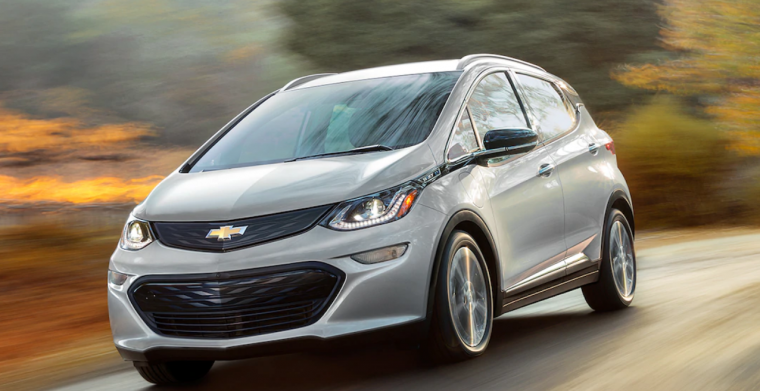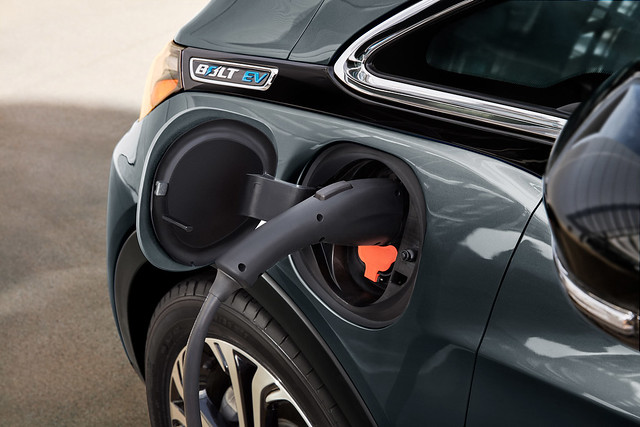The Differences Between Alternative Fuels

If you’re thinking of ways to help the environment, you might be considering an alternative fuel vehicle for your next purchase. Whether it’s a hybrid, all-electric, or a gasoline-powered car that runs on biodiesel, there are many options to choose from. Take a closer look at the differences between alternative fuels and determine which is right for you and your lifestyle.
Thinking of Buying? How to know when it’s the best time to buy a car
Electricity
The current electric vehicle market is soaring, with automakers across the board introducing production EVs or concepts that will eventually lead to real models. Electricity is the most common alternative fuel source and according to the U.S. Department of Energy’s Alternative Fuels Data Center, there are nearly 25,000 Level 1, Level 2, and DC Fast Charging stations in North America. That means it’s now easier than ever to own and drive a battery electric vehicle without range anxiety. But if you’re still feeling cautious about going fully electric, hybrid electric and plug-in hybrids are great alternatives, too.
Hydrogen
Another eco-friendly option, although far less available in the U.S., are hydrogen-powered vehicles. In California, where there are 35 hydrogen refueling stations, these cars are definitely more prevalent. They offer the benefit of zero-emissions driving and a relatively short refueling time against the maximum potential driving range. Currently, only three auto manufacturers offer hydrogen vehicles, making this option less customizable than others.

Biodiesel
Biodiesel is a cleaner version of conventional petroleum diesel made using everything from vegetable oils and animal fats to recycled grease. Manufactured domestically and biodegradable, biodiesel also boasts a higher lubricity for improved engine performance and reduces carbon dioxide emissions by 74 percent over conventional diesels. The downside: B20 and higher biodiesels are far harder to come by in most of the United States than petroleum diesel, with fewer than 200 fueling stations marked by the AFDC.
Ethanol
Ethanol is made from corn and plant materials and can be found in small quantities in almost all gasoline sold in the United States. Flex fuel, otherwise known as E85, is more than half ethanol and is thus more efficient and has a higher octane rating. IHS Markit reports that there are more than 20 million flex fuel vehicles operating in the United States as of 2016, with major automakers like Ford and General Motors manufacturing several vehicles that run on E85. Per the AFDC, there are more than 3,300 fueling stations in the U.S. that carry E85 ethanol fuel.
Buying vs. Leasing: Which of these financial options is right for you?
These are just a few examples of alternative fuel options that are currently on the market. It’s best to base your decision on your location, purpose for the vehicle, and how much of an impact you want to make on the environment.

The News Wheel is a digital auto magazine providing readers with a fresh perspective on the latest car news. We’re located in the heart of America (Dayton, Ohio) and our goal is to deliver an entertaining and informative perspective on what’s trending in the automotive world. See more articles from The News Wheel.

